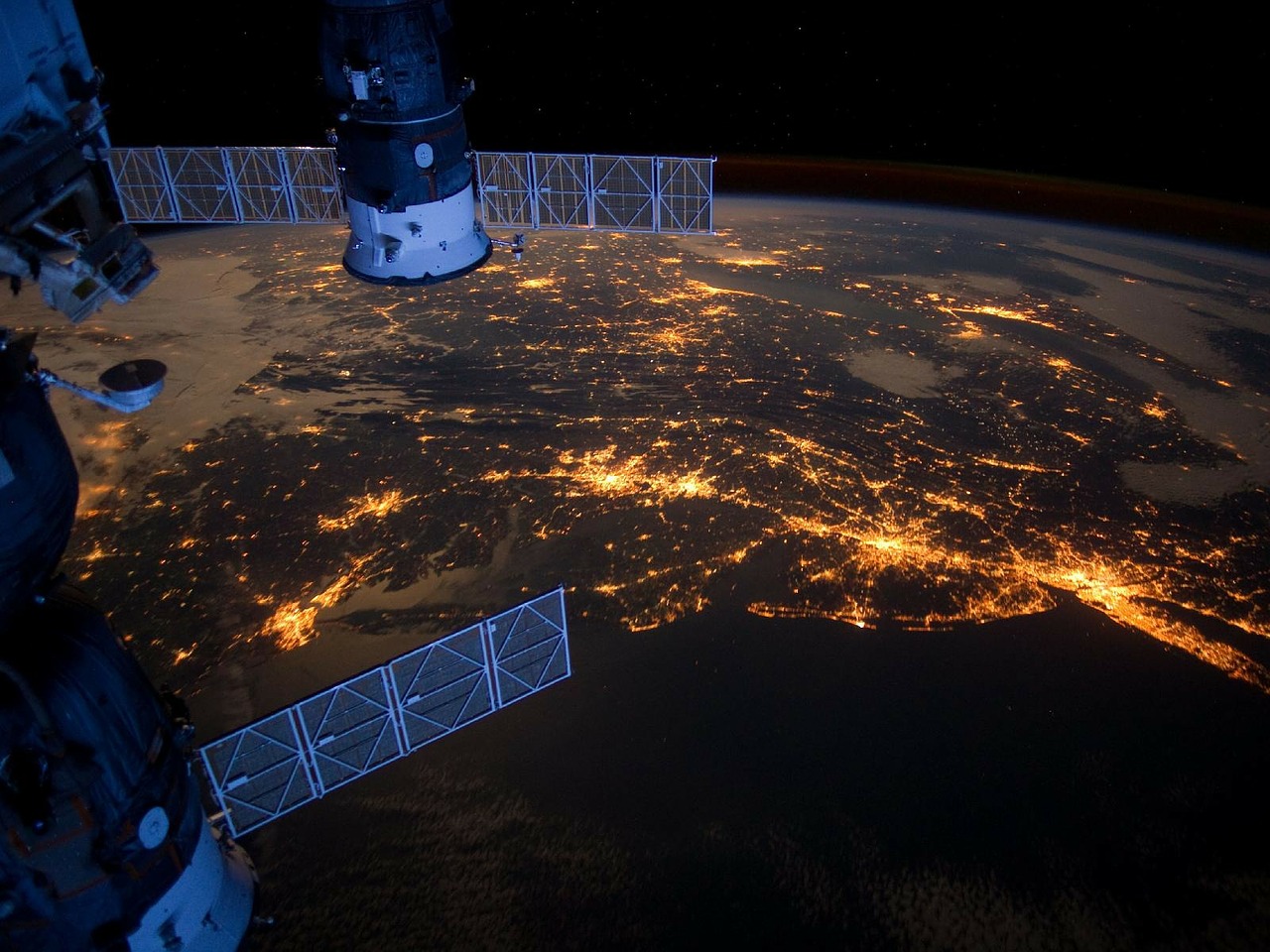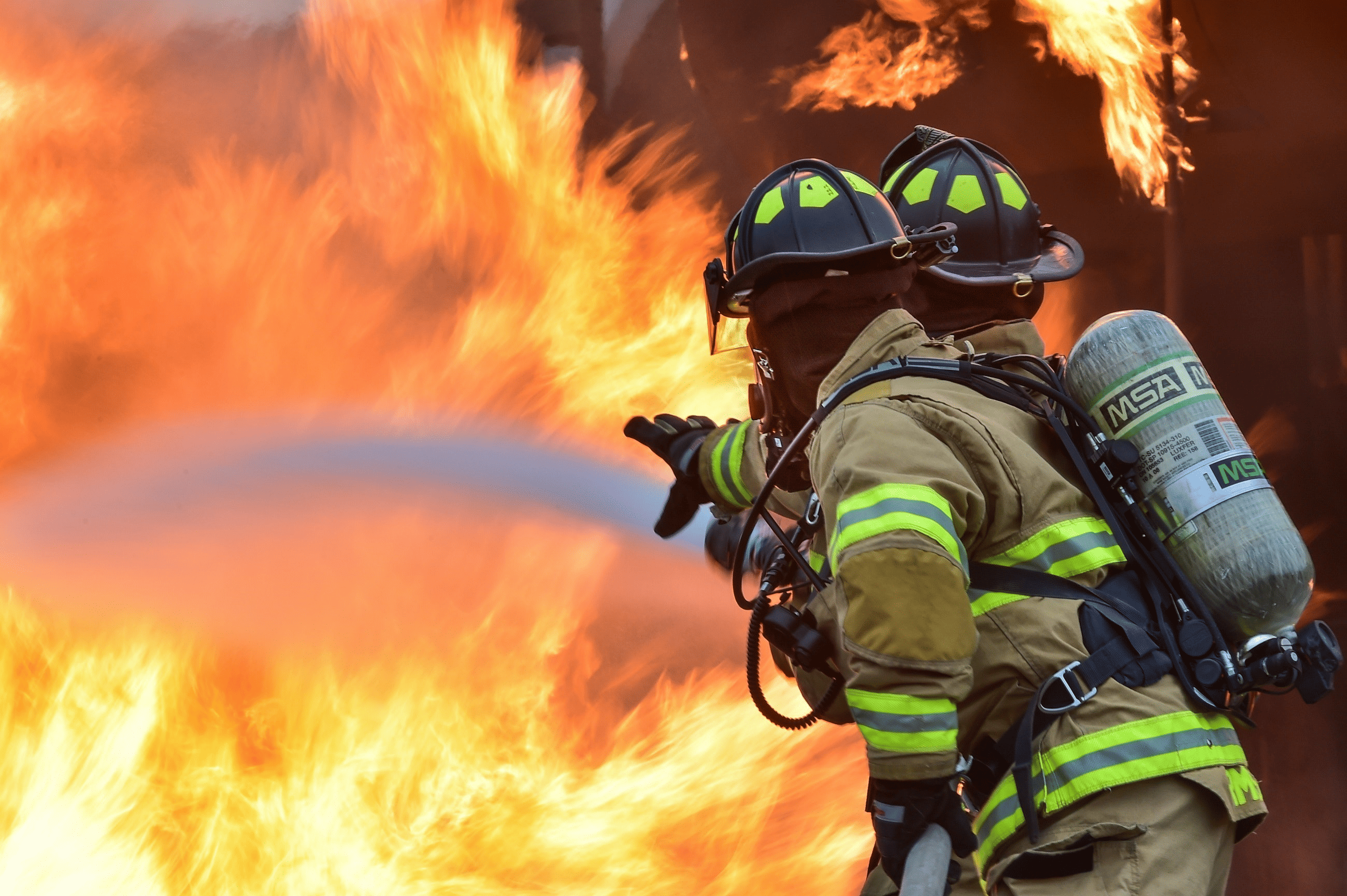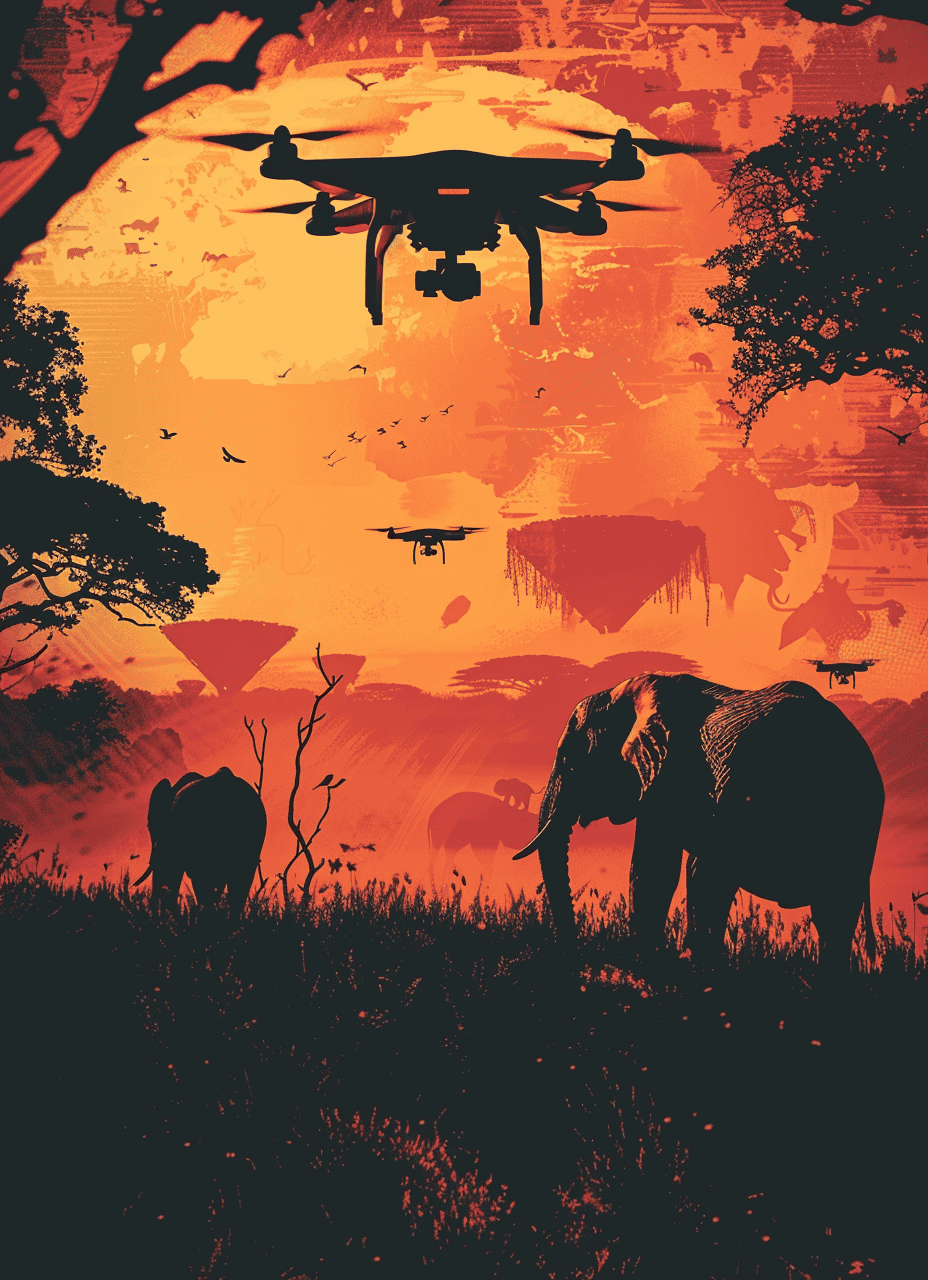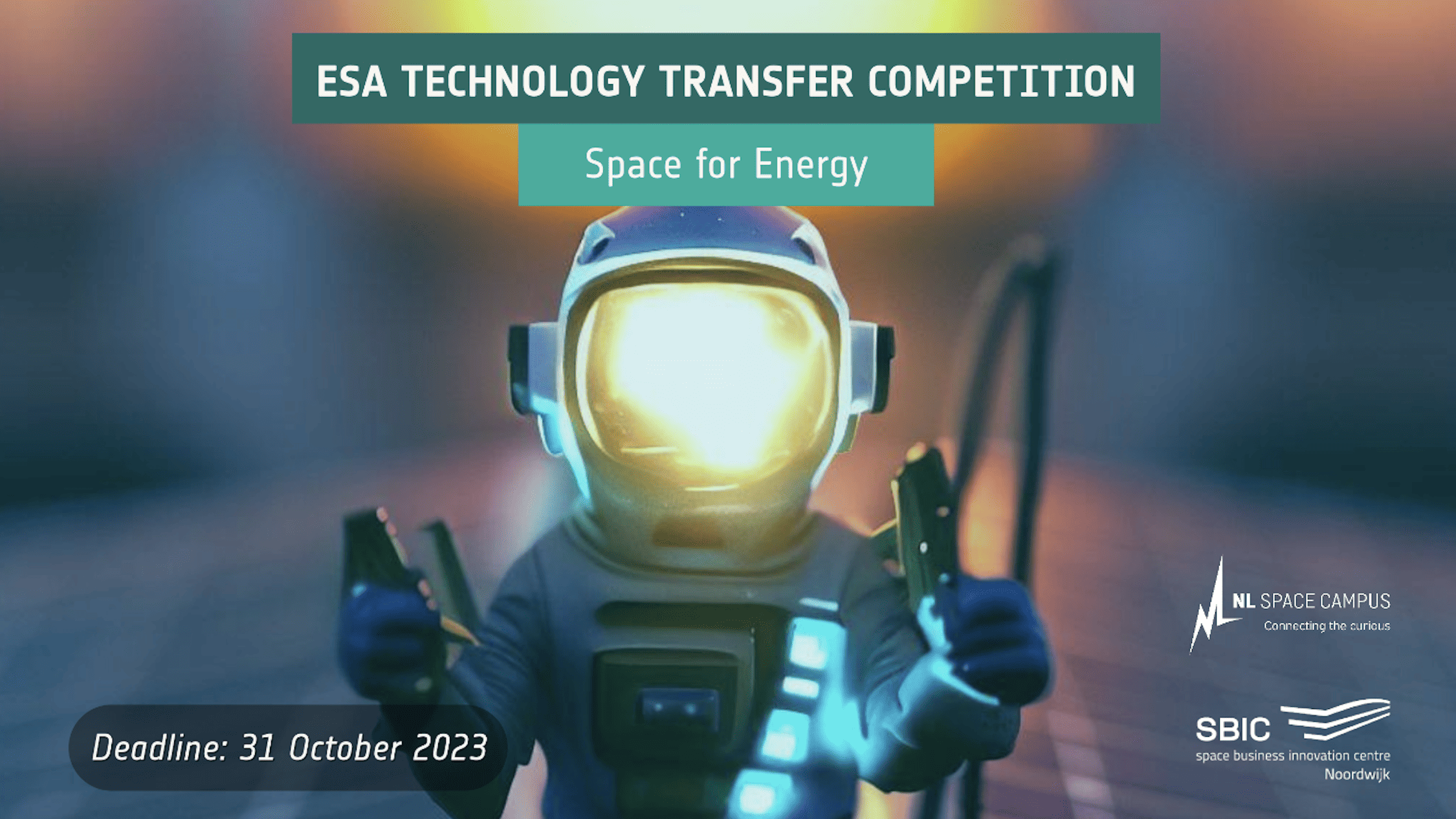
Can you use artificial intelligence (AI) to detect forest fires on satellite images? Or can an algorithm show how coral is decaying or how much waste is dumped in the sea by the shipping industry? Over the coming months, around fifty AI experts will tackle these questions in the AI for Earth Challenge. The goal? To develop algorithms that can detect human impact on the earth at an early stage. Whether it concerns melting glaciers or air quality, they plan to seek it all out.
This challenge is an initiative of Fruitpunch in cooperation with Space Hubs Network (SUN), a European platform that provides support to start-ups and scale-ups in the space industry, among with the Earth Observation Team of the European Space Agency (ESA). Researchers from this team use satellite images, among other things, to study the human impact on the Earth. Participants in the challenge will learn from ESA’s experts how to use the data from satellite images to monitor the earth. Besides developing AI detection systems, the results will also be used in a campaign to draw more attention to the human impact on our planet.
According to Sako Arts from Fruitpunch, it is the perfect way to show that you can use AI to do something good for the world. “Our goal with Fruitpunch is to use challenges like this to put AI to practical use and do something good for the world. You learn more when you work together on a problem. For instance, at the beginning of the corona pandemic we began working with a system to check how effective the Dutch corona policy is. We are also working with our community on AI applications for food. This involves autonomous robots that can independently assess and harvest crops.”
Detection systems for human impact on the earth
Researchers from the Earth Observation Team will educate the participants on their research methods during this ‘learning path’. Participants will gain specific knowledge about AI techniques from those in Fruitpunch’s network. During the challenge (which runs until the end of October) both ESA and Fruitpunch and other partners will make advisors available to support the participants.
Arts: “They get to work in different teams. The aim is to make algorithms that can recognize deviations from all the various images. This enables you to get a good picture of the impact of humans on the earth. This could concern deforestation, the dying off of coral, or forest fires. Or even about the changes to air quality. Exactly what and how the teams will carry out their research and follow-up on it is up to them. For a start, I would be delighted if they managed to visualize the coral that is dying out in the ocean. These images can then be used to make people more aware of this.”
Afterwards, participants receive a certificate, Not ‘just a certificate of participation’. But a certificate based on peer reviews in which they assess each other on a variety of qualities. Arts: “All levels are involved. From junior data scientists who still need to master the subject, to genuine veterans. They are now in a leadership role and want to get their hands dirty again and use their knowledge for good. It’s different for everyone which skills they want to develop or broaden on such a path. So the same certification for everyone makes no sense. Because it could be about hard skills. How good is someone at writing Python? But also about soft skills, like presenting, collaborating or managing a team.”
From detecting to predicting?
Arts is excited about the collaboration with ESA. In part given that much of the data from the Sentinel-2 satellites is not in the public domain. “A satellite like that is full of sensors and collects a lot of data that you can actually do something with. The Sentinel-2 has what is called a multispectral instrument. This allows you to see thirteen different wavelengths of light within the infrared spectrum, both visible and invisible. This yields an enormous amount of data. All this data is sent to Earth every five days. Data that ESA uses to research, for example, pollution in rivers or coastal areas. It’s great that the participants can now work with all these images and get a glimpse of the methods that are used.”
Would you be able to use this kind of detection system to predict forest fires, for example? That could very well be possible, according to Arts. However, that is not what this challenge is about. He says it is really about detecting anomalies or changes in satellite images. “Although with a lot of other data on temperature and rainfall levels and perhaps even more varied data, that could be quite possible. Maybe an algorithm could then give off a warning about certain risk areas.”
Is identifying deviations on a satellite image actually AI?
And what about only recognizing deviations on satellite images? Can you call that artificial intelligence? Arts briefly has to laugh. It’s an ever-recurring discussion. “Artificial intelligence means that a computer program does something human. A chess computer is a good example. All the rules are programmed into it. With machine learning techniques, an algorithm always computes the best possible moves. You could call that intelligent. Just like unleashing algorithms onto data – in this case satellite images – to recognize patterns and then using this to highlight deviations.”
In order to draw more attention to the negative impact humans have on the earth, the initial idea was to organize a hackathon. Fruitpunch was brought in for this. Except that the Eindhoven-based company had something else in mind. According to Arts, people have “hackathon fatigue” and it does not bring the desired results either. “You’re usually only working very intensively on a problem for a weekend. It’s super competitive and you compete with other teams. We believe that you can achieve more by spending more time working on something, it doesn’t have to be competitive at all.”
You can still register for AI for Earth







